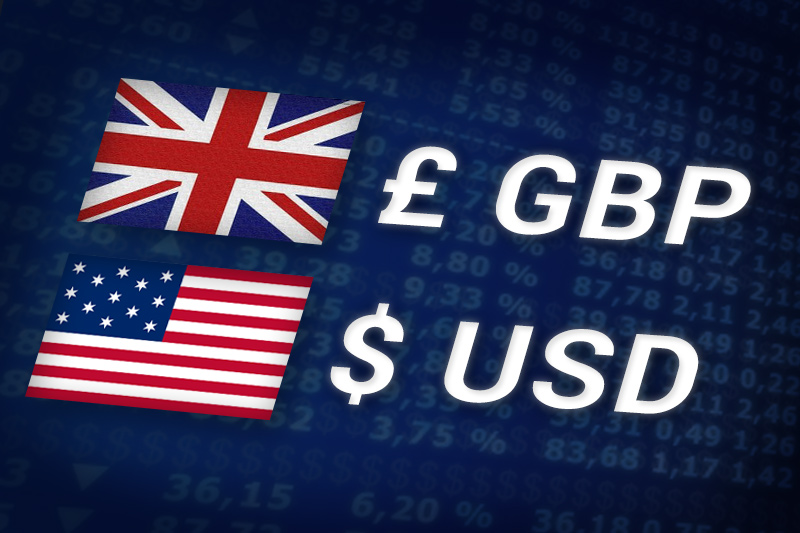Investing.com – The pound was down for a fourth day against the U.S. dollar on Monday, tumbling to a seven-week low amid indications the U.S. economic recovery was gathering pace and as markets pared back expectations for a near-term rate hike by the Bank of England.
GBP/USD hit 1.5959 during early European trade, the pair’s lowest since January 31; the pair subsequently consolidated at 1.5984, shedding 0.35%.
The pair was likely to find support at 1.5819, the low of January 31, and resistance at 1.6141, Friday’s high.
The U.S. Bureau of Economic Analysis said on Friday that fourth quarter gross domestic product came in stronger-than-expected, rising at an inflation-adjusted annual rate of 3.1%, more than the expected 2.9% gain.
Philadelphia Federal Reserve Bank President Charles Plosser said consumer spending continued to expand at a "reasonably robust pace" and the labor market was improving. The overall economy, he said, had gained "significant strength and momentum" since the summer.
St. Louis Fed President James Bullard said on Saturday that U.S. Federal Reserve policy makers should review whether to complete a second round of quantitative-easing bond purchases due to end in June because of strong economic data.
Meanwhile, the minutes of the of the Bank of England's most recent policy setting meeting showed last week that the bank saw "merit in waiting" to examine the effect of higher oil prices, dampening speculation over an interest rate hike by the bank in the coming months.
The pound has rallied this year on the view that the BoE will increase interest rates but uncertainty remains over the timing due to the uneven nature of the U.K. economic recovery.
Elsewhere, the pound was down against the euro, with EUR/GBP climbing 0.27% to hit 0.8806.
Later in the day, the U.S. was to release industry data on pending home sales as well as official data on personal spending, personal income and personal consumption expenditures.
GBP/USD hit 1.5959 during early European trade, the pair’s lowest since January 31; the pair subsequently consolidated at 1.5984, shedding 0.35%.
The pair was likely to find support at 1.5819, the low of January 31, and resistance at 1.6141, Friday’s high.
The U.S. Bureau of Economic Analysis said on Friday that fourth quarter gross domestic product came in stronger-than-expected, rising at an inflation-adjusted annual rate of 3.1%, more than the expected 2.9% gain.
Philadelphia Federal Reserve Bank President Charles Plosser said consumer spending continued to expand at a "reasonably robust pace" and the labor market was improving. The overall economy, he said, had gained "significant strength and momentum" since the summer.
St. Louis Fed President James Bullard said on Saturday that U.S. Federal Reserve policy makers should review whether to complete a second round of quantitative-easing bond purchases due to end in June because of strong economic data.
Meanwhile, the minutes of the of the Bank of England's most recent policy setting meeting showed last week that the bank saw "merit in waiting" to examine the effect of higher oil prices, dampening speculation over an interest rate hike by the bank in the coming months.
The pound has rallied this year on the view that the BoE will increase interest rates but uncertainty remains over the timing due to the uneven nature of the U.K. economic recovery.
Elsewhere, the pound was down against the euro, with EUR/GBP climbing 0.27% to hit 0.8806.
Later in the day, the U.S. was to release industry data on pending home sales as well as official data on personal spending, personal income and personal consumption expenditures.
